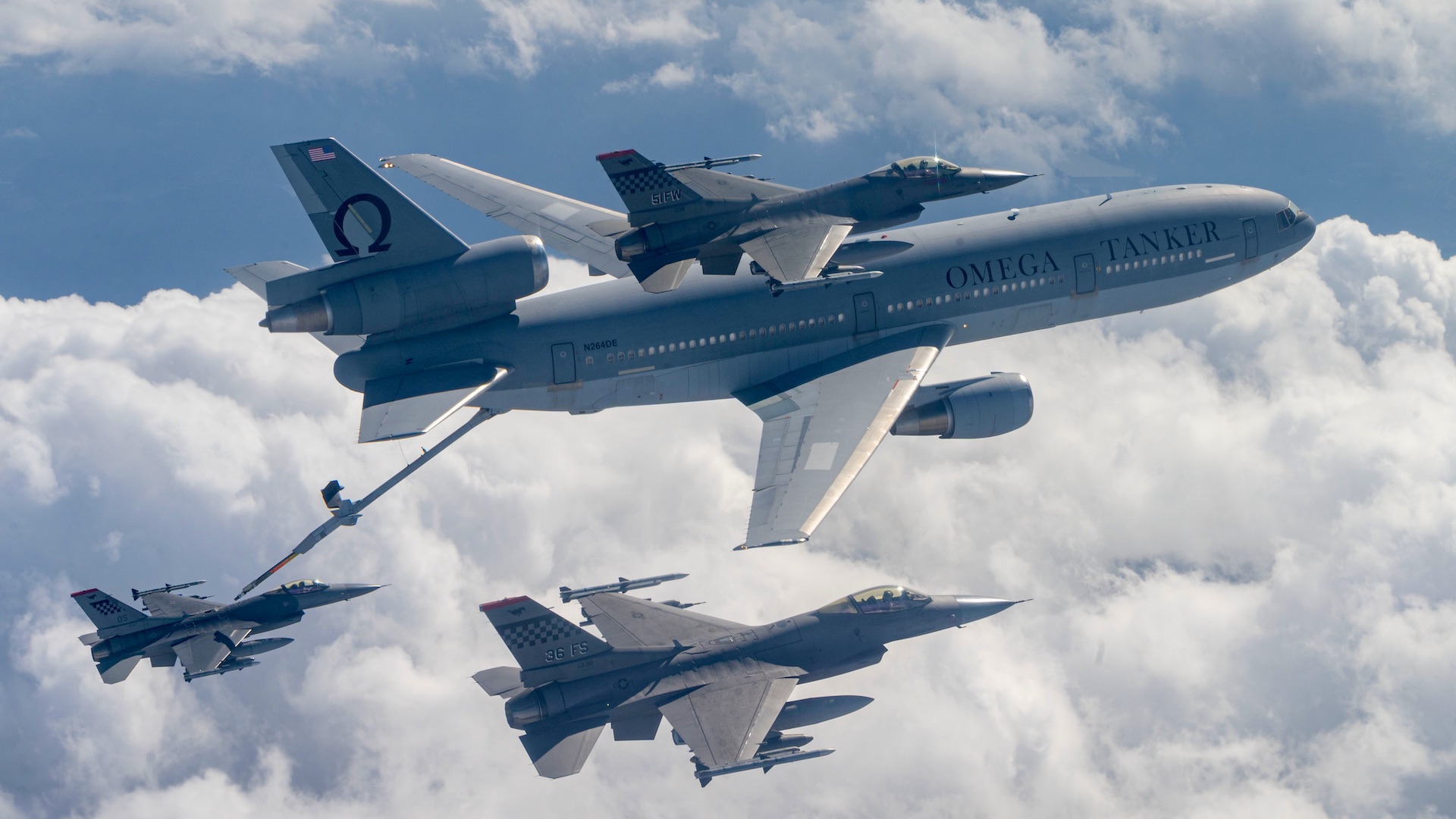A privately-owned KDC-10 aerial refueling tanker has performed the first contractor mid-air refueling of U.S. Air Force fighters. It also marks the first time a KC-10 derivative has done so. That particular tanker, which is owned by the Virginia-based company Omega Air Refueling, has remained dormant for several years. For some time now, the Air Force has looked to utilize privately-owned aerial tankers to ease the burden on its tanker fleet, freeing them up for combat and other higher-priority missions.
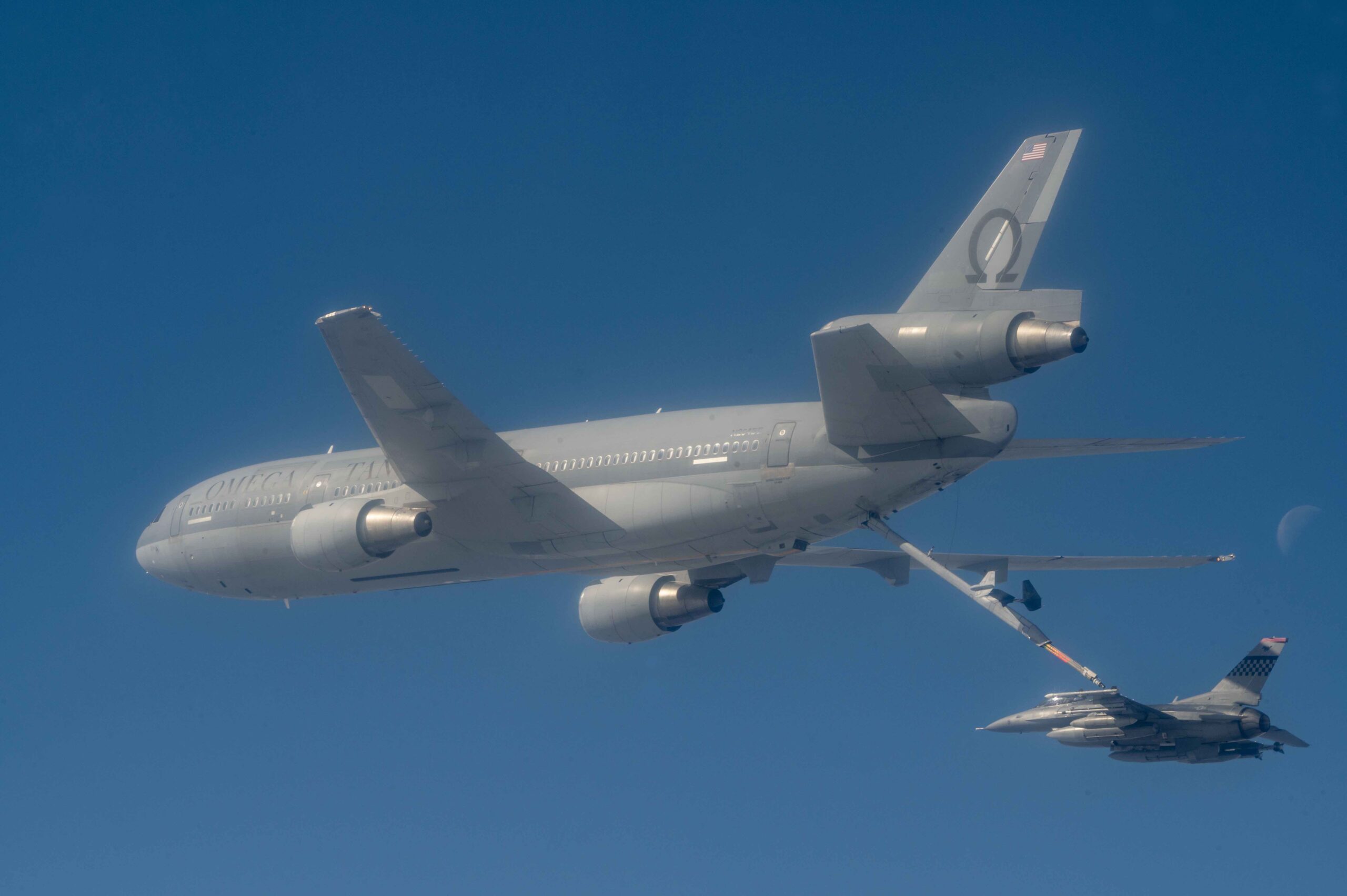
The KDC-10, serial number N264DE, took off from Osan Air Base, in South Korea, with four F-16s on November 6. Heading for Paya Lebar Air Base, Singapore, the tanker refueled the fighters via boom contact en route to the recent Commando Sling 23 exercise, which recently took place out of Singapore. A bilateral training event, sponsored by Pacific Air Forces (PACAF), the Air Force’s top command in the Pacific, and involving the Republic of Singapore Air Force, Commando Sling is designed to boost interoperability between the air forces of the two countries. Along the way, the KDC-10 also refueled Air Force F-15C Eagles and F-22 Raptors.
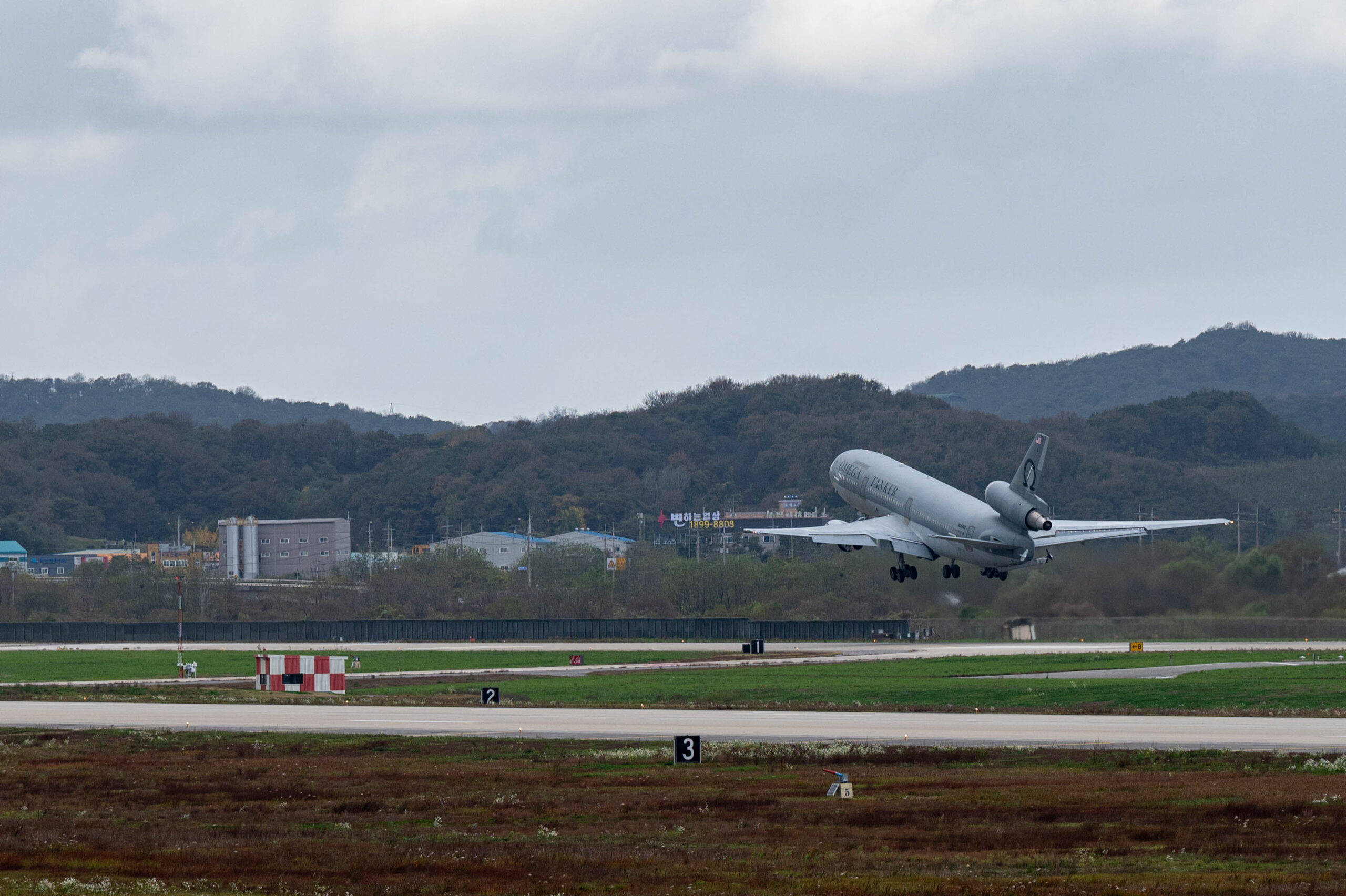
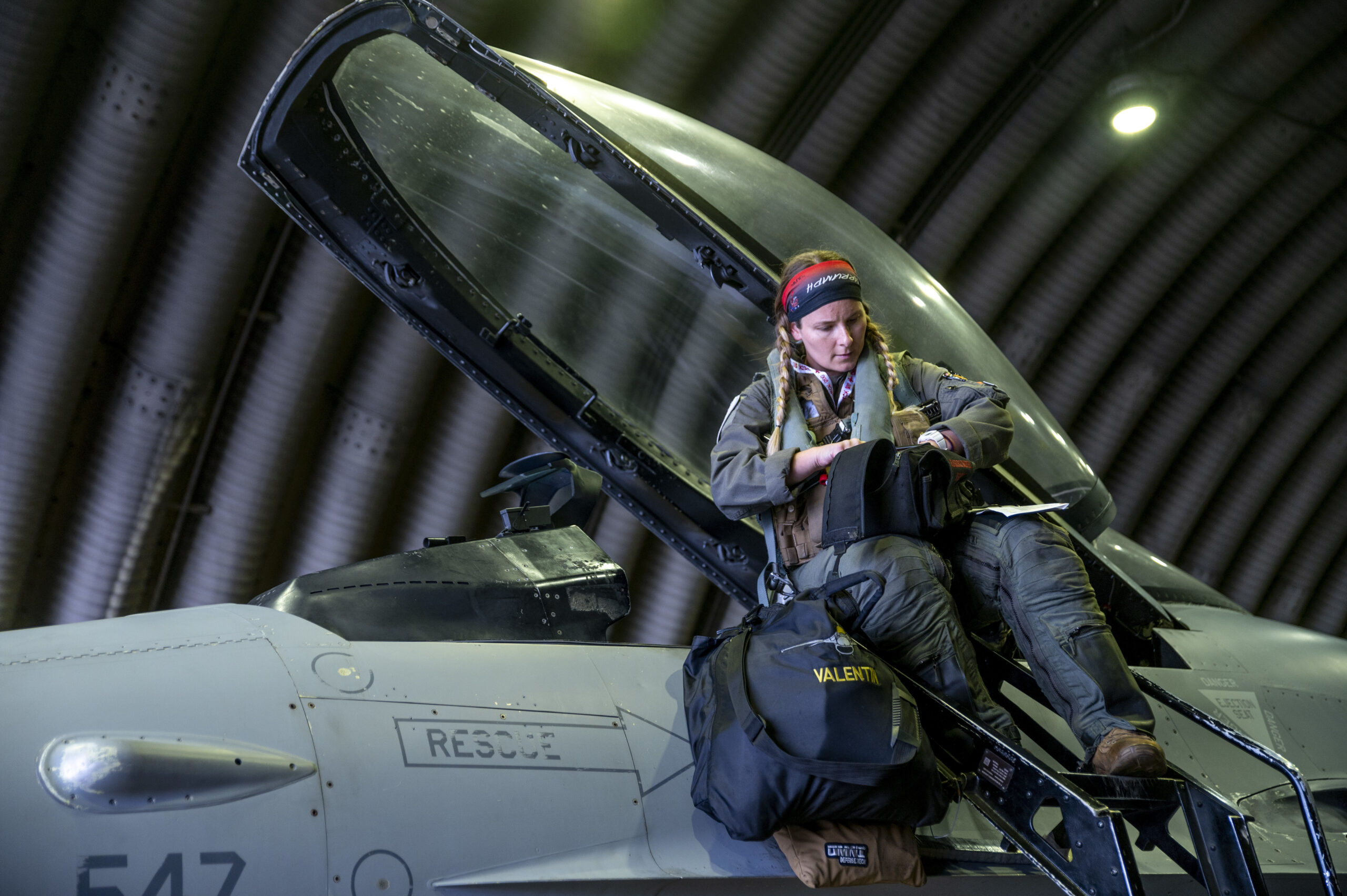
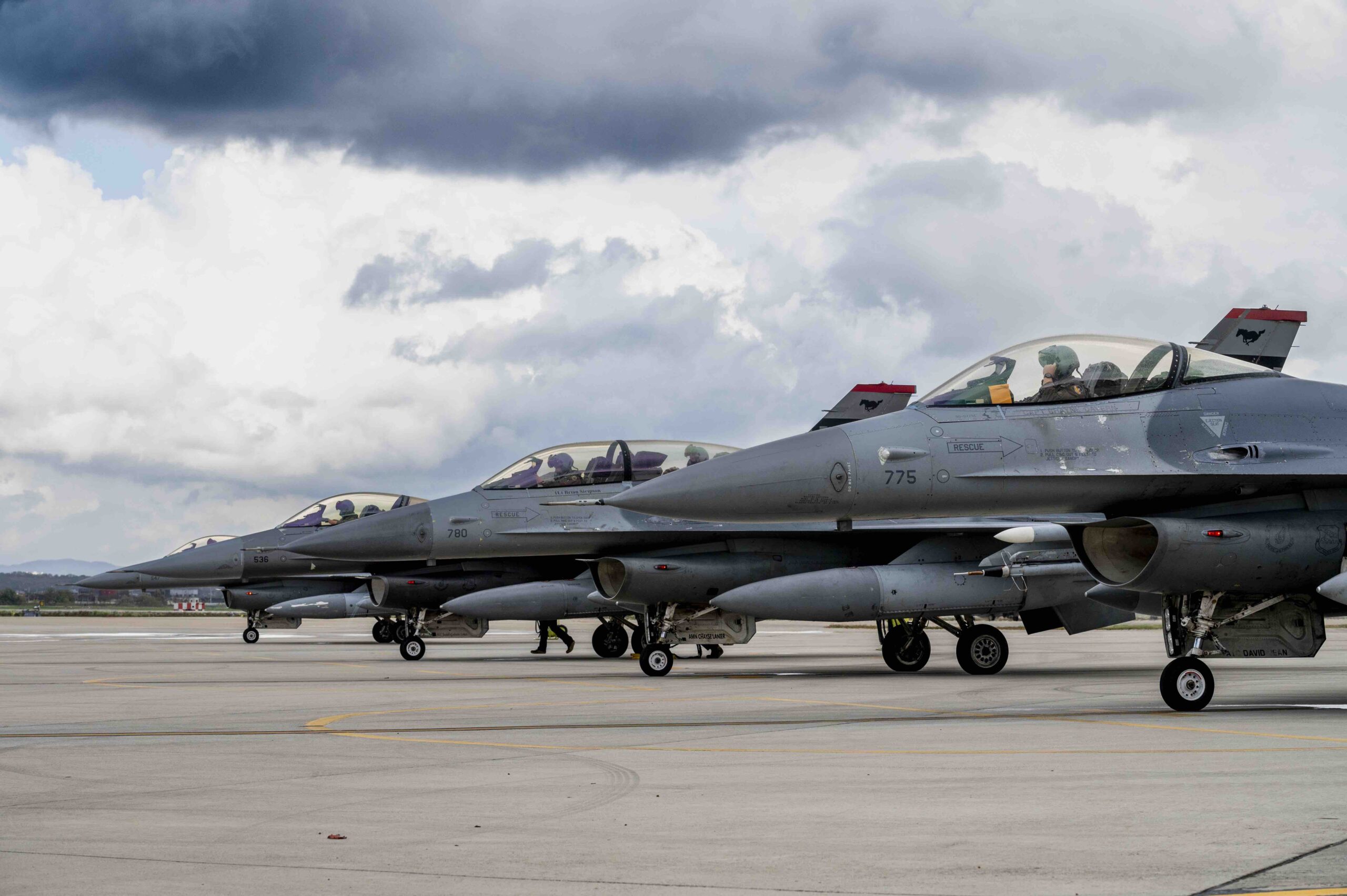
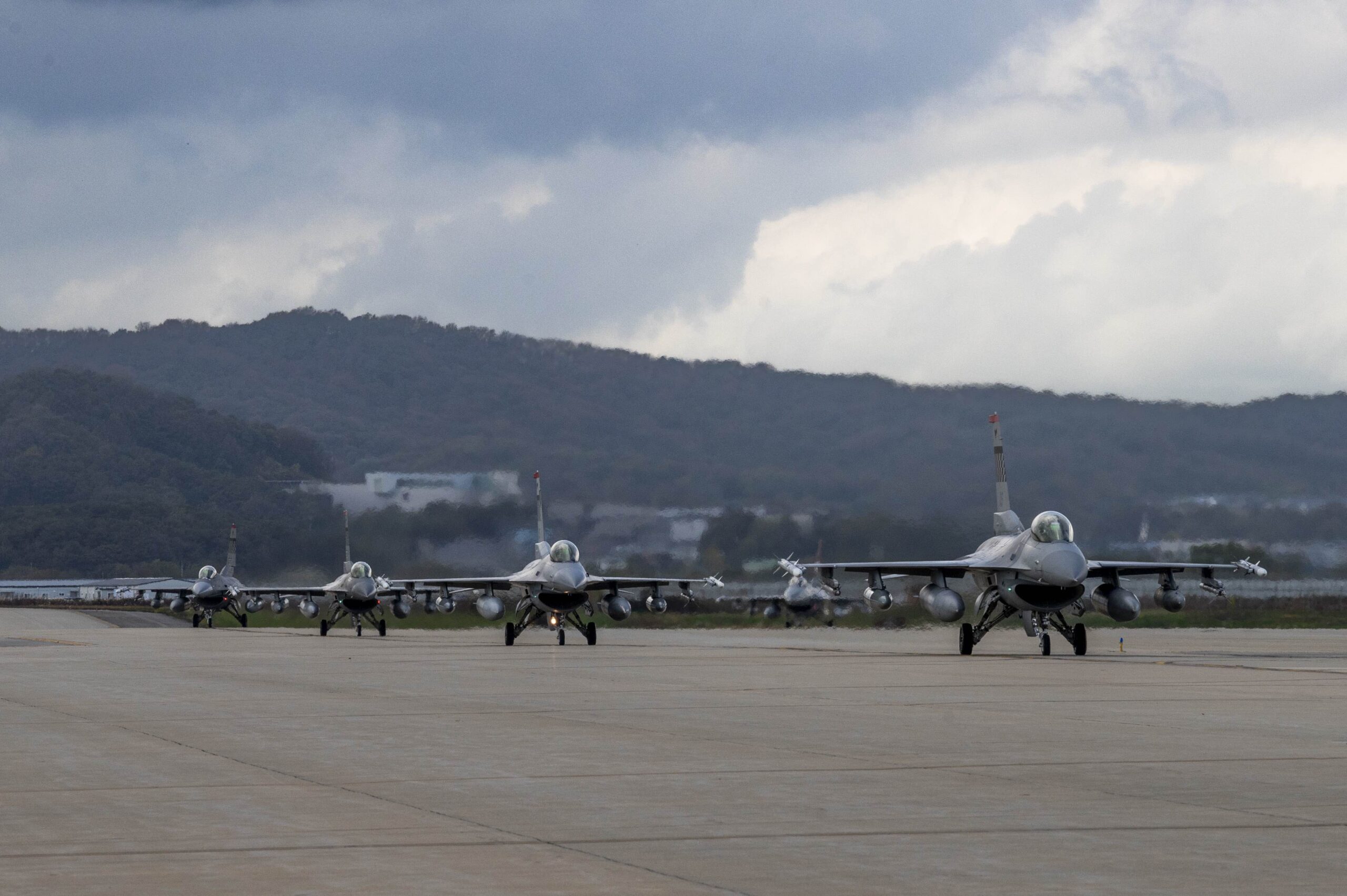
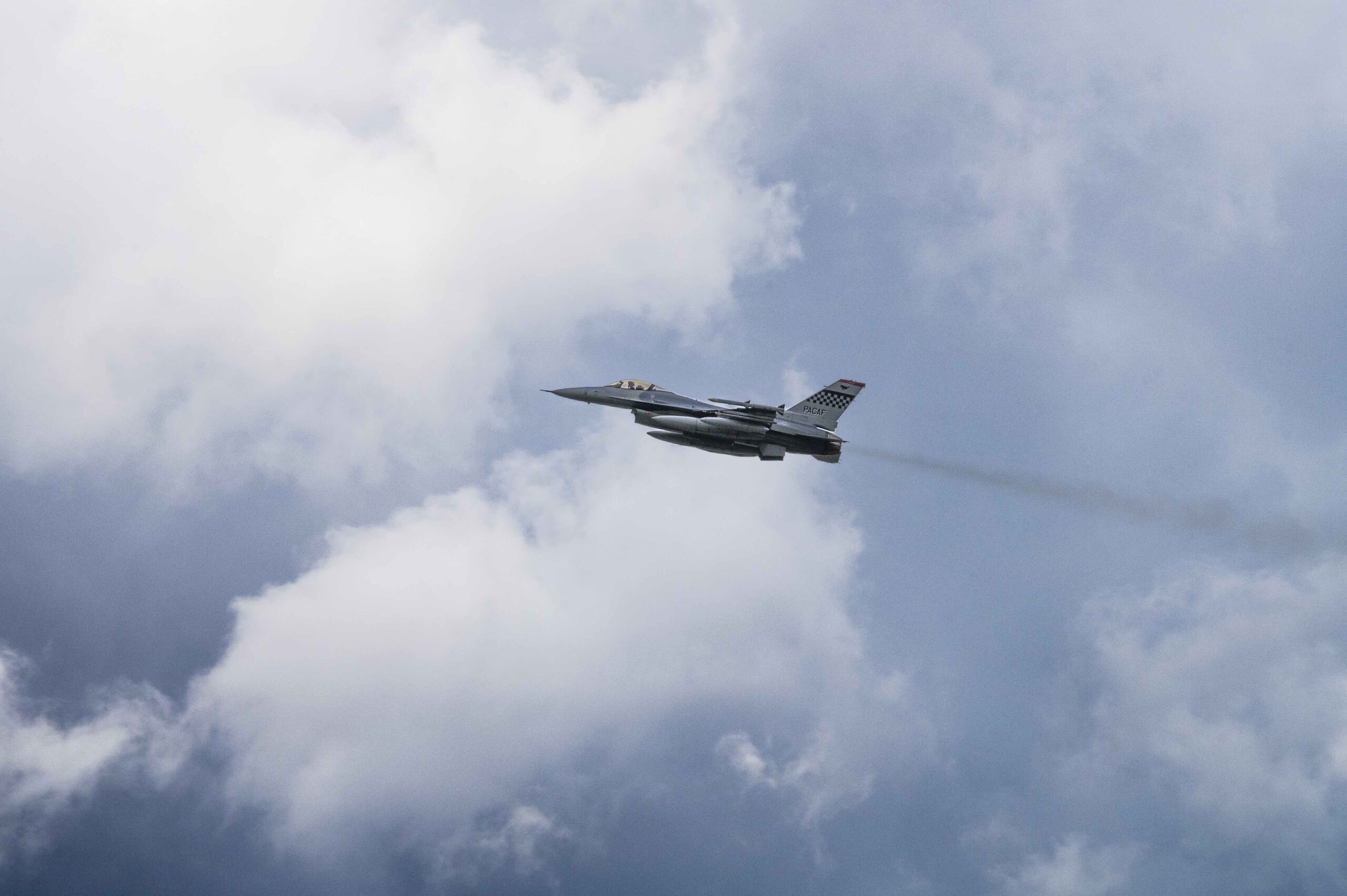
Alongside its ability to refuel fighters in flight, the KDC-10 also demonstrated other capabilities during Commando Sling 23, notably in terms of cargo transport. This is an often under-appreciated secondary mission for the Air Force’s own tankers. According to the service, “The KDC-10 was also loaded with more than 40 passengers attending the exercise and four pallet positions worth of cargo to exercise the aircraft’s dual role capability for airlift as well as refueling.”
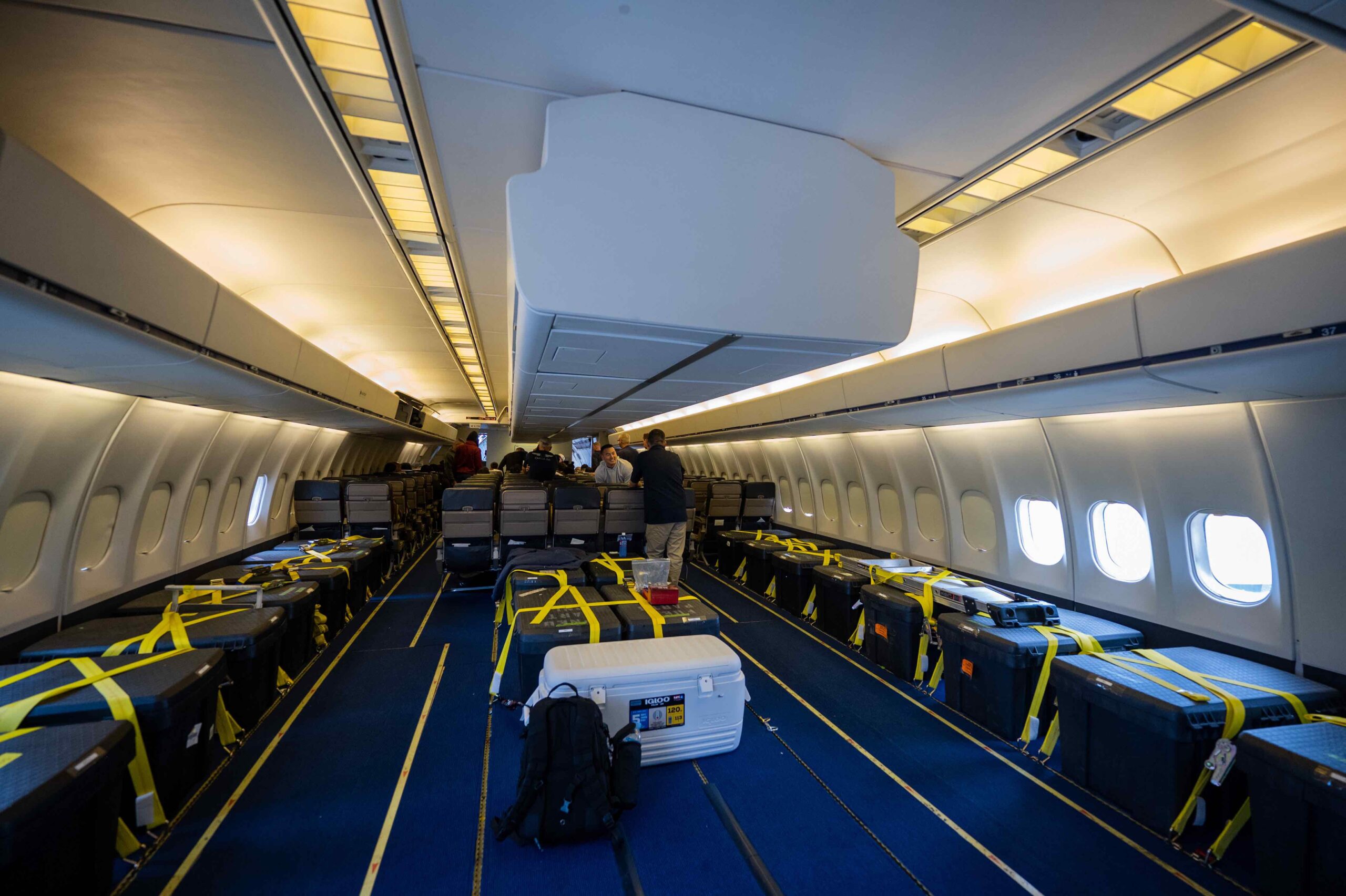
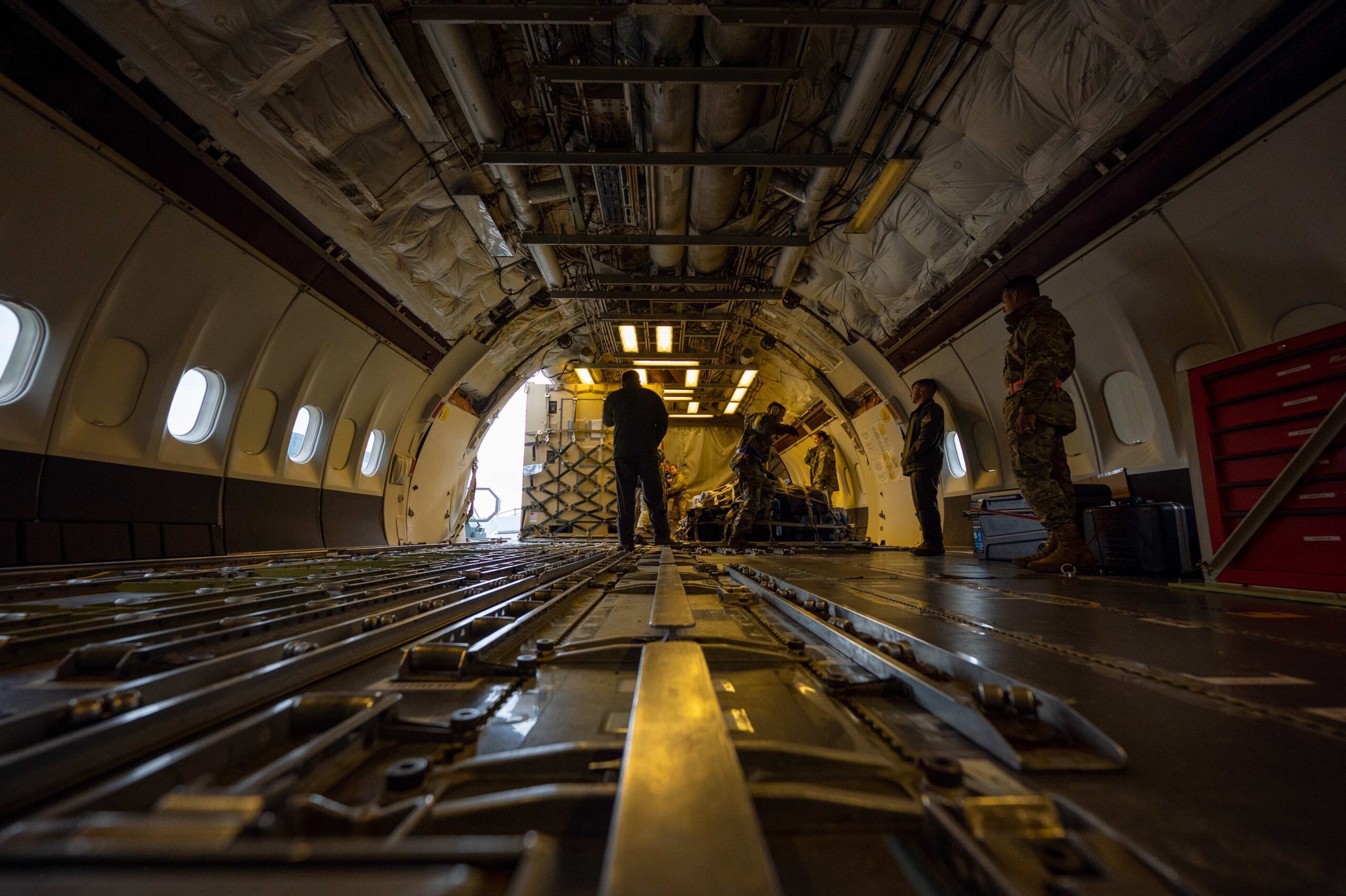
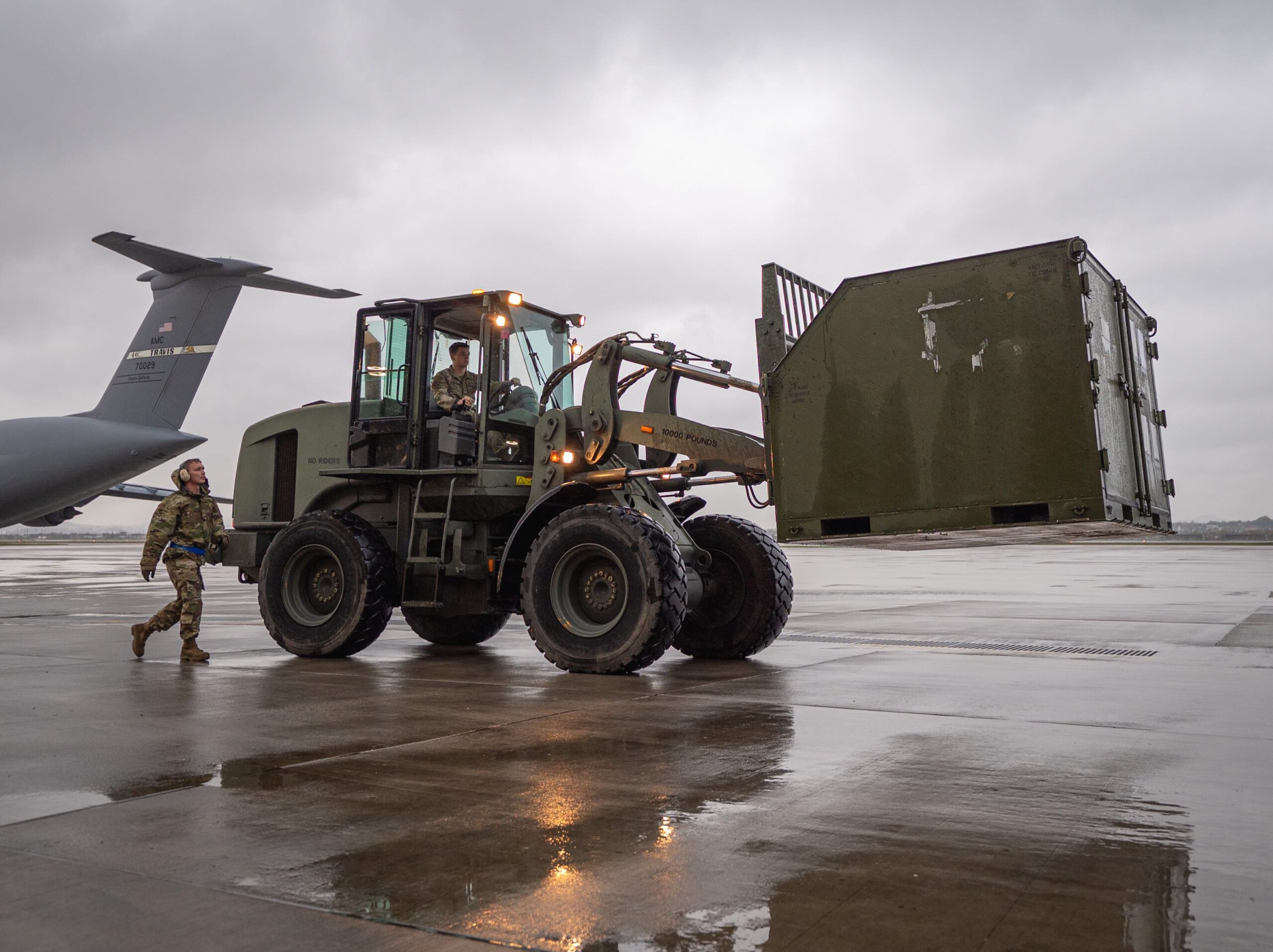
The accolade of being the first private contractor to refuel an Air Force fighter is significant for Omega. Indeed, Omega is one of only two private companies that operate tankers equipped with booms — the means by which most Air Force aircraft are refueled while flying. Probe-and-drogue, on the other hand, is the aerial refueling method for the U.S. Navy and Marine Corps, as well as many U.S. allies and partners abroad.
At present, Omega operates a small fleet of three KDC-10s. The first of those tankers, serial number N974VV, was delivered to Omega in 2006 and is converted from McDonnell Douglas DC-10-40 for probe-and-drogue refueling. The two others, N264DE and N235UL, are ex-Royal Netherlands Air Force McDonnell Douglas DC-10-30s. Delivered in 2019 and 2021 respectively, the tankers were previously modified for boom refueling. Since N264DE was acquired by Omega, however, the aircraft has largely not been heard of.
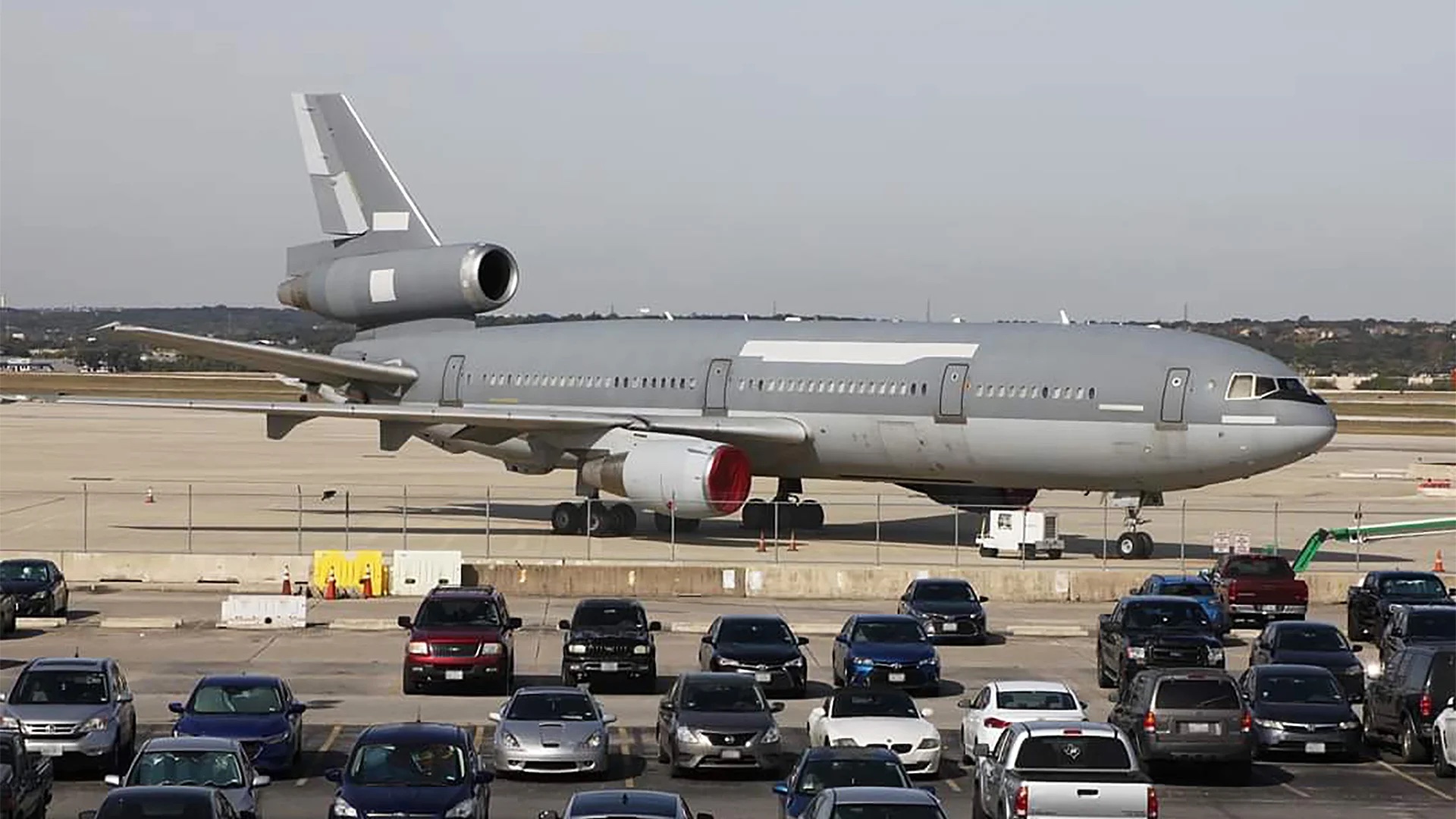
The other private company to operate boom-equipped tankers is the Washington, D.C.-based firm Metrea. Metrea operates a fleet of four ex-Republic of Singapore Air Force KC-135R aircraft, which it acquired in 2020. It was the first contractor to refuel a U.S. military aircraft of any kind via boom in April of this year, during which one of its KC-135Rs gassed up a Navy P-8A Poseidon maritime patrol plane during a training exercise off the coast of Florida. Following this, the company then became the first contractor to refuel an Air Force aircraft of any kind in July, when it filled up E-3 Sentry and RC-135 Rivet Joint Spy platforms via a KC-135R during Exercise Resolute Hunter 23-2.
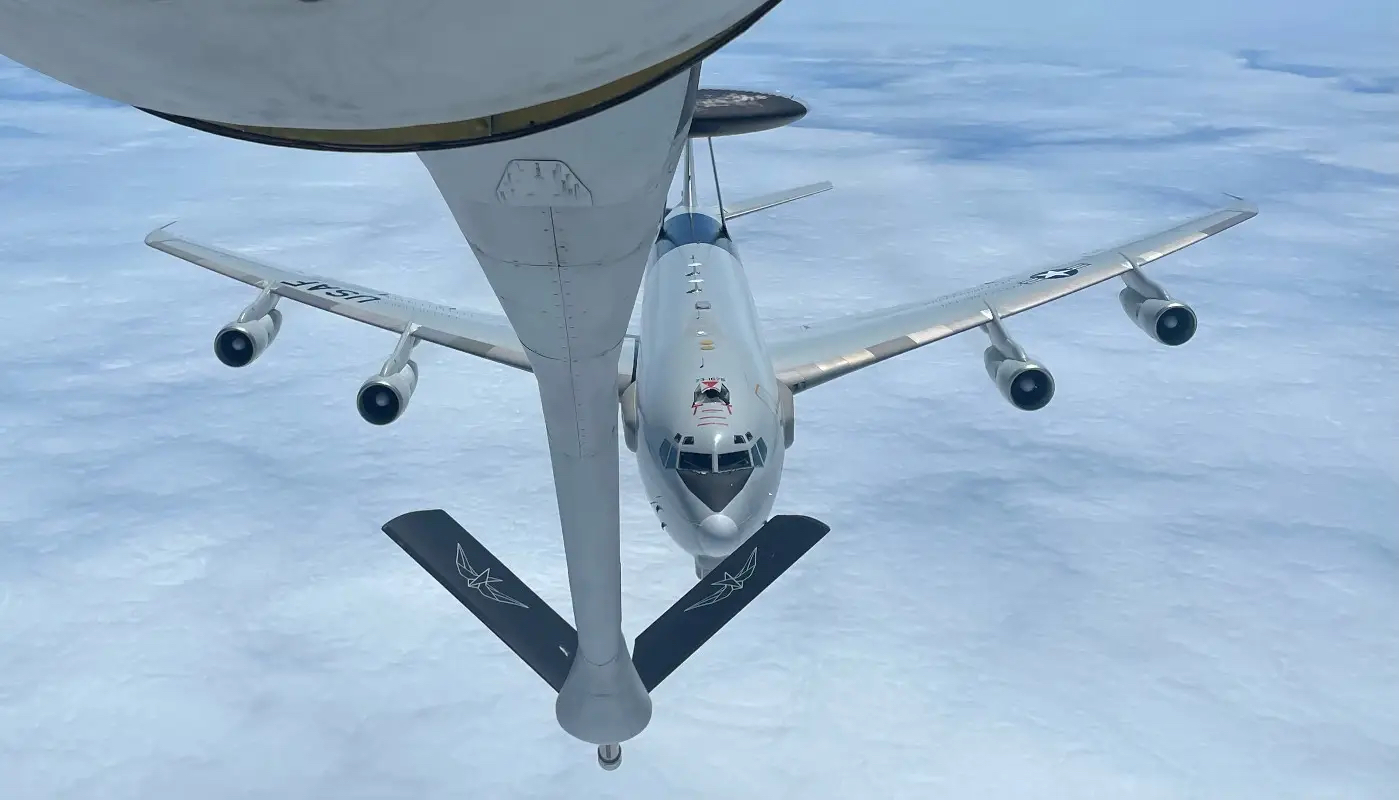
Of course, Omega is not a newcomer to offering commercial aerial refueling solutions to the U.S. military, with its probe-and-drogue refueling tankers having been used by the Navy and Marines for decades. Alongside the single probe-and-drogue refueling KDC-10, the firm also owns three KC-707 tankers that adopt that refueling system. An Omega KC-707 was responsible for the first aerial refueling of the Navy’s X-47B Unmanned Combat Air Vehicle demonstrator back in 2015.
For the Air Force, being able to refuel various airframes from commercial tankers more regularly in the future could help alleviate the strain on the service’s already stretched and aging tanker fleet. This is something the Air Force has been exploring, and which The War Zone has also noted for years would be of benefit in terms of freeing up both its tanker fleet and realizing a more elastic tanker strategy.
According to the service, the recent refueling demonstration validates a “key capability the Air Force can continue to leverage enabling a surge in exercises while simultaneously maintaining immediate mission readiness.”
As Lt. Col. Curtis Holtman, PACAF’s air mobility operations chief, said of the recent air-to-air refueling: “If we can use commercial air refueling to cover the point A to point B movements for exercise participation across unit readiness training, then it frees up our warfighter tanker fleet to be ready to respond for emerging contingency requirements. We’re expanding that aperture in PACAF, and identified a proof-of-concept employment to refuel fighter aircraft during exercise Commando Sling 23.”
Greater utilization of private contract tankers for aerial refueling may prove significant as the Air Force moves forward with overhauling its tanker fleet. Plans are in place for it to divest its entire inventory of older KC-10A Extenders — which are roughly equivalent to Omega’s ex-Dutch KDC-10s. The service continues to procure new KC-46A Pegasus aerial refueling tankers from Boeing, the last of which will be delivered in 2029. However, it should be noted that various technical and quality control issues with the KC-46A have placed further strain on the service’s existing tanker fleets.

However, it looks increasingly likely that further KC-46s will also be acquired as “bridge tankers” — tankers designed to fill in between delivery of the last KC-46 planned purchases and the acquisition of more advanced aerial refueling aircraft. Going forward, the service wants more survivable tankers under the Next Generation Air-refueling System (NGAS) program, particularly in light of a potential conflict involving China in the Indo-Pacific region. However, the Air Force anticipates a tanker gap in between the end of KC-46 production and delivery of NGAS, the first of which will be received in 2040, if not sooner.
With this in mind, having access to privately-owned tankers for refueling all manner of aircraft in the air, including fighters, will likely be of increasing importance for the Air Force going forward. The KC-10s now exiting the Air Force’s inventory are also potential candidates for equipping private contractors in the same role as Omega’s KDC-10 just executed on this recent first of its kind mission.
Contact the author: oliver@thewarzone.com
